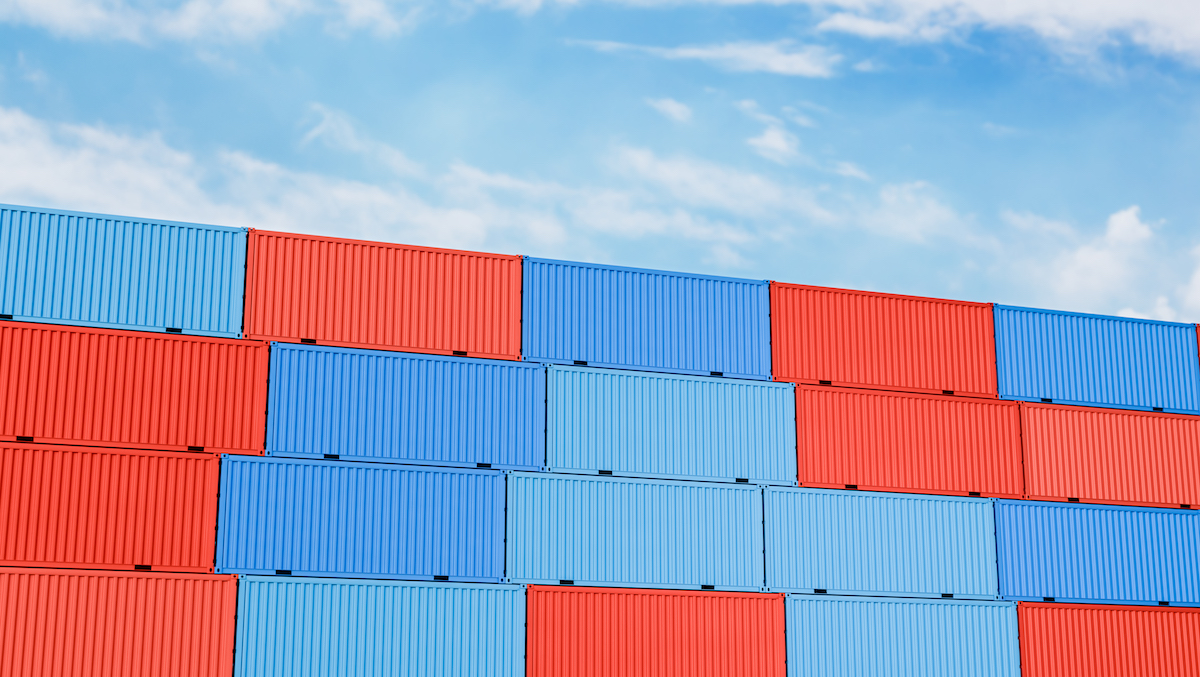Disaster Recovery in the Cloud | IT Disaster Recovery

The traditional method to Disaster Recovery (DR) includes purchasing and locating dedicated servers in a remote location and replicating all your mission-critical applications and data to those servers – and then crossing your fingers that you can bring it all back up as planned. Today, as the cloud continues to become more reliable and secure, many organizations are moving to Disaster Recovery-as-a-service (DRaaS).
DRaaS is designed to cater to businesses of every size and need. Organizations can subscribe to full-scale DRaaS, where the service provider manages everything from the replication of a customer’s production virtual machines (VMs), and in some cases physical machines, to full-service recovery once a disaster is declared. Others look for an infrastructure-as-a-service (IaaS) model offering in which they handle their own VM replication to the cloud and manage their own recovery, and some organizations simply want backup-as-a-service (BaaS), where the provider manages customer backups from the production site to the cloud.
Whatever flavor they choose, organizations that go the DRaaS route quickly find out that the cloud provides everything most businesses look for in a disaster recovery plan, including:
- Easy, frequent data replication between sites: Since it’s designed to quickly and efficiently move on-premise workloads offsite to well-managed cloud data centers, cloud infrastructure ensures data integrity.
- No wasted infrastructure: Rather than trying to predict and plan for capacity demands that lead to expensive servers, network gear and software sitting idle at a remote DR site, the cloud enables organizations to efficiently backup data without the added overhead.
- Reduced recovery time: Since DRaaS server and storage resources can be accessed on-demand, business applications and services can be brought online far faster than with traditional alternatives.
- Reduced costs: Whether you have your DR hosted in the cloud or have a dedicated server in a collocated facility you have economies of scale that reduce the cost of Disaster Recovery. The overhead and administrative hardware resources are pooled in the cloud so the costs to deliver DRaaS is often a fraction of that associated with traditional DR environments.
Gartner expects that more organizations will be using DRaaS than traditional, syndicated recovery services by 2018, and cloud vendors are fast addressing the opportunity. The best options offer:
- Tailored solutions to fit your needs and budget
- Strong uptime and SLA guarantees, ensuring your data is there when you need it.
- Support for both physical and virtual machines, ensuring every critical service and application can be recovered quickly and effectively.
- State of the art data centers, supporting best practices in redundant power and cooling, physical and cybersecurity, dedicated 24×7 staffing and more.
- Flexibility and scalability, spinning up new compute resources as business needs (and disasters) dictate.
Every business is unique and has its own DR needs. OneNeck takes the time upfront, before implementation, to determine what’s critical to your business and your customers to make sure your business can continue operations no matter what. Then, we tailor our solutions to your particular situation.
How are you ensuring that your mission-critical applications and data are always available? Learn more.




